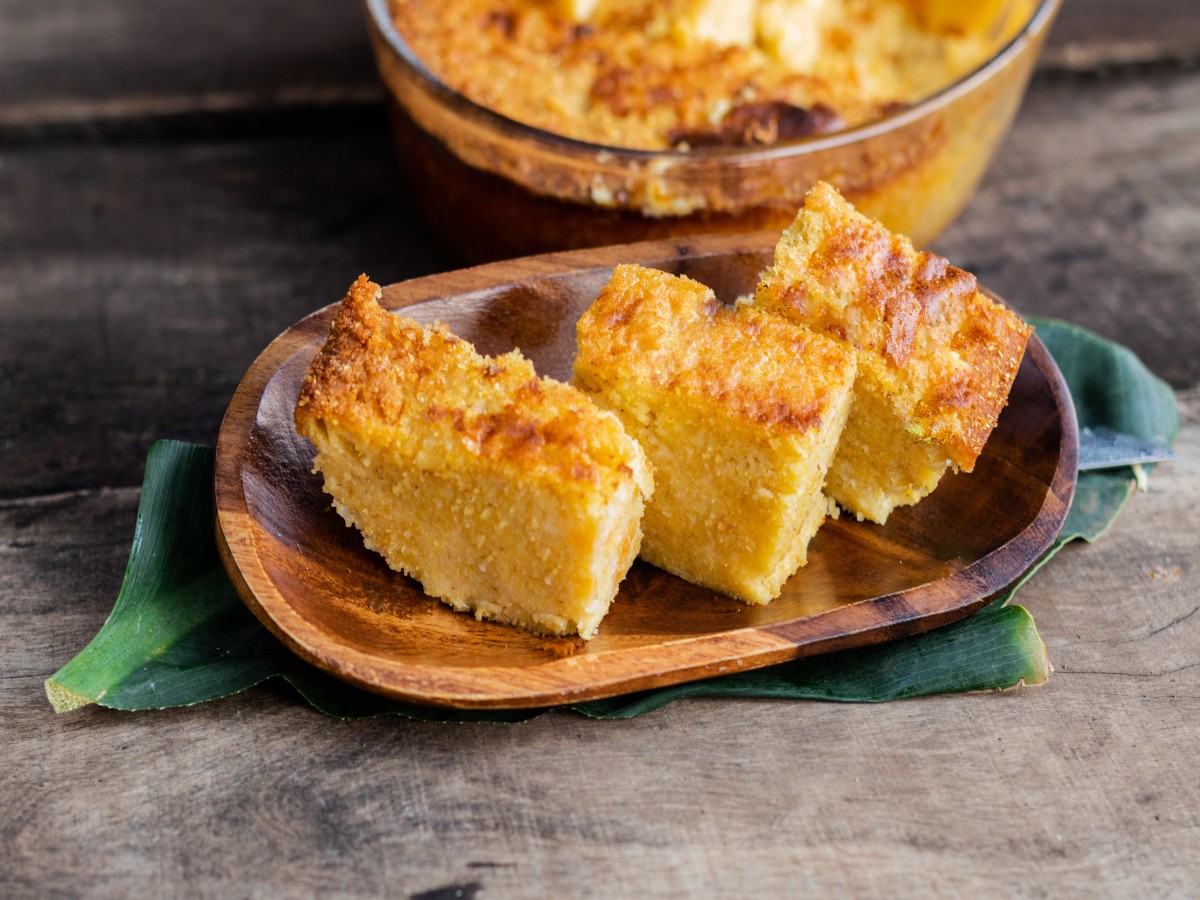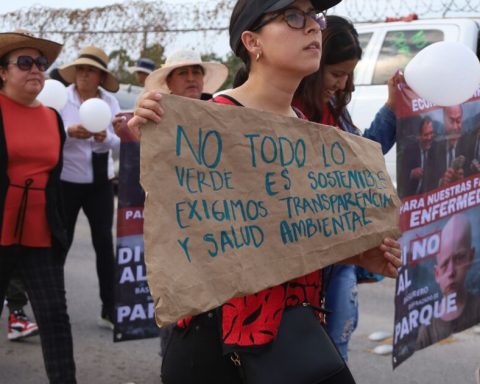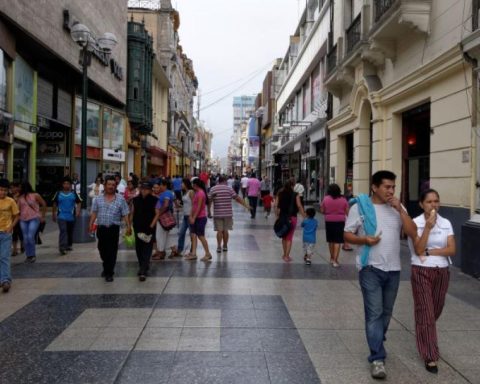By Christian Nielsen
The food fair took place in the vicinity of the obelisk of Buenos Aires, an emblematic site for the inhabitants of the River Plate city. As few times before, the exhibition, tasting and sale of typical dishes had a profuse coverage of the mass media and, above all, of those channels that abound in social networks and that tell stories that would otherwise go unnoticed.
A gastronome who was in charge of a stand of corn-based kitchen products invited the audience to savor “two typical dishes of Argentine gastronomy, chipá and soup.”
I thought that, at some point, it would mention the origin of the name and refer to the chipá guasú and the Paraguayan soup. But not. None of this happened while the patrons, who would have been little interested in the subject of the origin and much less the full name of the dish, preferred to enjoy a few good portions of the appetizing morsel before it cooled down and lost some of its virtues.
THE HARD SOUP
Legend has it that the Paraguayan soup appeared in the days of Carlos Antonio López, who ruled Paraguay between March 14, 1844 and September 10, 1862. Among his numerous activities as a teacher, lawyer, journalist and Finally, President of the Republic, Don Carlos used to pamper his palate with the abundant meals provided by his machú, of very good culinary arts.
They say that the Marshal’s father liked the tykuetï or white soup, a powerful recipe made from milk, cheese, cornmeal and egg. It seems that one day, the cook went overboard with the cornmeal and the result was a thick and gelatinous compound, unpresentable before her demanding boss. The woman was not discouraged and she got out of the way -says the anecdote- pouring the mixture into an iron pan that she then put in the tatakuá. Something would save her blunder, the lady thought. The result was surprising, a delicious and consistent cake that was golden on the surface and aromatic and fluffy inside. This is how Don Carlos’s soup would light up the world.
But of course, where there is corn there is flour and where there is corn flour, there are by-products of all kinds. I will mention just one of them, the “corn pancakes” that in Puerto Rico require not only flour but also pork fat, salt, sugar (yes, sugar) and lard. The combination gives a very plastic dough with which Puerto Ricans model small round cakes that they then fry in abundant oil. It is a dish as popular as tortillas in Mexico and chipa in Paraguay.
FOOD OF THE GODS
An anecdote very similar to that of Don Carlos is associated with the appearance of dulce de leche in Argentina. They say it was in 1829, when the military leaders Juan Lavalle and Juan Manuel de Rosas called a ceasefire in the midst of the civil war and sat down to talk in a place called Cañuelas, on the outskirts of Buenos Aires. While both contenders agreed to the terms of an armistice, Rosas’s maid prepared a mixture of milk with sugar that they then called “lechada” and that replaced the hot water in the bitter mate. But who knows why, the grout was overdone and when she went to serve it, the frustrated maid found a brownish paste that was impossible to use.
When she was going to get rid of the concoction, Rosas stopped her and asked to try that cream, whose sweet flavor and consistency immediately captured her palate. Needless to say, from then on, the leader of the “Holy Federation” could not miss his little pot of dulce de leche, even during his exile from Southampton, in the south of England.
The anecdote is worth telling but it does not guarantee the origin of the dulce de leche. According to the journalist Victor Ducrot, the candy had its origin in the Captaincy General of Chile where it was called manjar, a word of Catalan origin that means “to eat” and that the Italians would transform into “mangiare”. Other writers and historians have found even older traces of the origin of dulce de leche. Daniel Balmaceda assures that the mixture of milk and sweet cane honey comes from Indonesia, then introduced to the Philippines and from there taken by the Spanish to the new continent.
Finally, it is said that Ayurveda, a kind of alternative medicine originating in India, recommended “rabadi” as a health tonic, later transformed into a very common dessert in current Indian cuisine, called “rabri”.
From here, from there or from everywhere, the important thing is that the flavor, not the name, is what ends up captivating palates.
Bon Appetite.


















